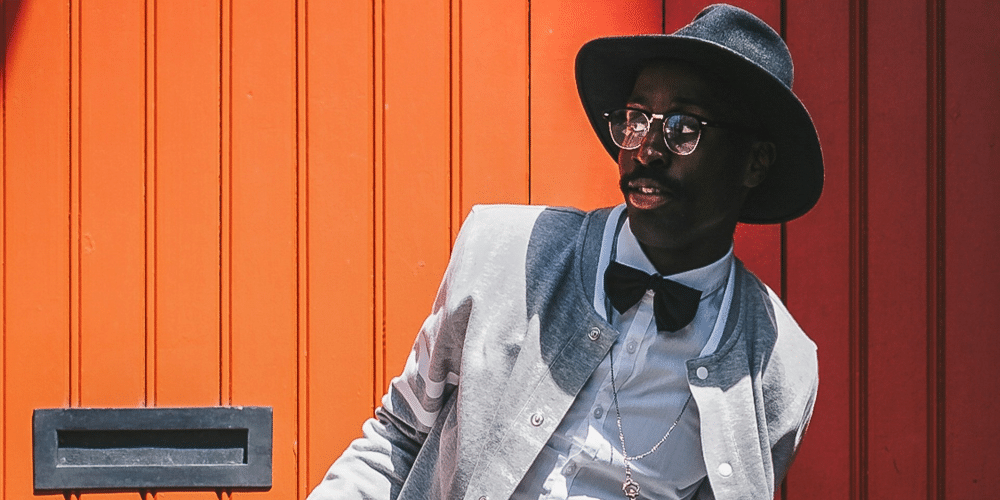We all know that movies can transport us to different worlds, evoke a range of emotions, and leave us pondering long after the credits roll. But what exactly creates that special atmosphere, that feeling that a film has crawled under your skin and settled in? Believe it or not, a big part of the answer lies in a seemingly technical detail: the lens.
Those unassuming pieces of glass play a crucial role in shaping the way we experience a film, dictating everything from the overall mood to the intimacy of a scene. Let’s delve deeper into the magical world of lenses and explore how they become the unseen storytellers of cinema.
Beyond the Frame: Focal Length and the Power of Perspective
The focal length of a lens refers to the distance between the optical center of the lens and the focal point, where incoming light rays converge. This seemingly technical detail has a profound impact on the way an image is captured. Wide-angle lenses, with a short focal length, have a wider field of view. Imagine a scene shot with a wide-angle lens – it captures a vast landscape, drawing the viewer into the expansive environment, creating a sense of awe and immersion. Think of the opening scene of “The Lord of the Rings: The Fellowship of the Ring,” where the wide-angle lens captures the breathtaking majesty of the Shire, making us feel dwarfed by the beauty of Middle-earth.
A recent article in American Cinematographer explores the power of lens choice, stating, “Focal length is a fundamental tool for cinematographers. A wide-angle lens creates a sense of vastness, while a telephoto lens can isolate a subject and compress the background, creating a feeling of intimacy or claustrophobia.”
On the other hand, telephoto lenses, with a longer focal length, have a narrower field of view. They magnify the image, bringing distant objects closer and compressing the background. Imagine a scene shot with a telephoto lens – it focuses tightly on a character’s face, highlighting their emotions and expressions. Think of the intense close-ups in “Taxi Driver,” where the telephoto lens isolates Travis Bickle’s face, allowing us to peer into the depths of his troubled psyche.
Beyond the Image: Aperture and the Dance of Light and Shadow
Another crucial aspect of a lens is its aperture, the opening that controls the amount of light that enters the camera. A wider aperture allows more light in, resulting in a shallow depth of field. Imagine a scene shot with a wide aperture – the subject remains sharp and in focus, while the background is blurred, creating a sense of isolation and drawing the viewer’s attention to the central character or object. Think of the dreamlike sequences in “Inception,” where the wide aperture creates a hazy, almost surreal atmosphere, blurring the lines between reality and dreamscape.
A recent documentary by PBS explores the role of aperture in filmmaking, stating, “Aperture is a powerful tool for creating mood and atmosphere. A wide aperture isolates the subject and creates a dreamlike quality, while a narrow aperture keeps the entire scene in focus, enhancing a sense of realism.”
Conversely, a narrower aperture allows less light in, resulting in a deeper depth of field. Imagine a scene shot with a narrow aperture – both the foreground and background remain sharp and focused, creating a sense of realism and allowing the viewer to absorb the details of the entire scene. Think of the sweeping landscapes in “No Country for Old Men,” where the narrow aperture keeps everything in focus, from the vast desert plains to the weathered faces of the characters, creating a sense of stark realism.
Beyond the Technical: The Invisible Hand of the Lens
The choice of lens goes beyond technical specifications; it’s a creative decision that shapes the emotional core of a film. By manipulating focal length and aperture, filmmakers can subtly influence how we perceive the story and characters. Wide-angle lenses can evoke feelings of awe or vulnerability, while telephoto lenses can create a sense of intimacy or claustrophobia. The use of shallow depth of field can draw attention to specific elements, while deeper focus can immerse the viewer in the setting.
Ultimately, the lens becomes an invisible storyteller, shaping the atmosphere of a film and guiding our emotional response. So, the next time you watch a movie, take a moment to appreciate the subtle influence of the lens. It’s not just about capturing an image; it’s about shaping an experience, one carefully chosen focal length and aperture at a time.







